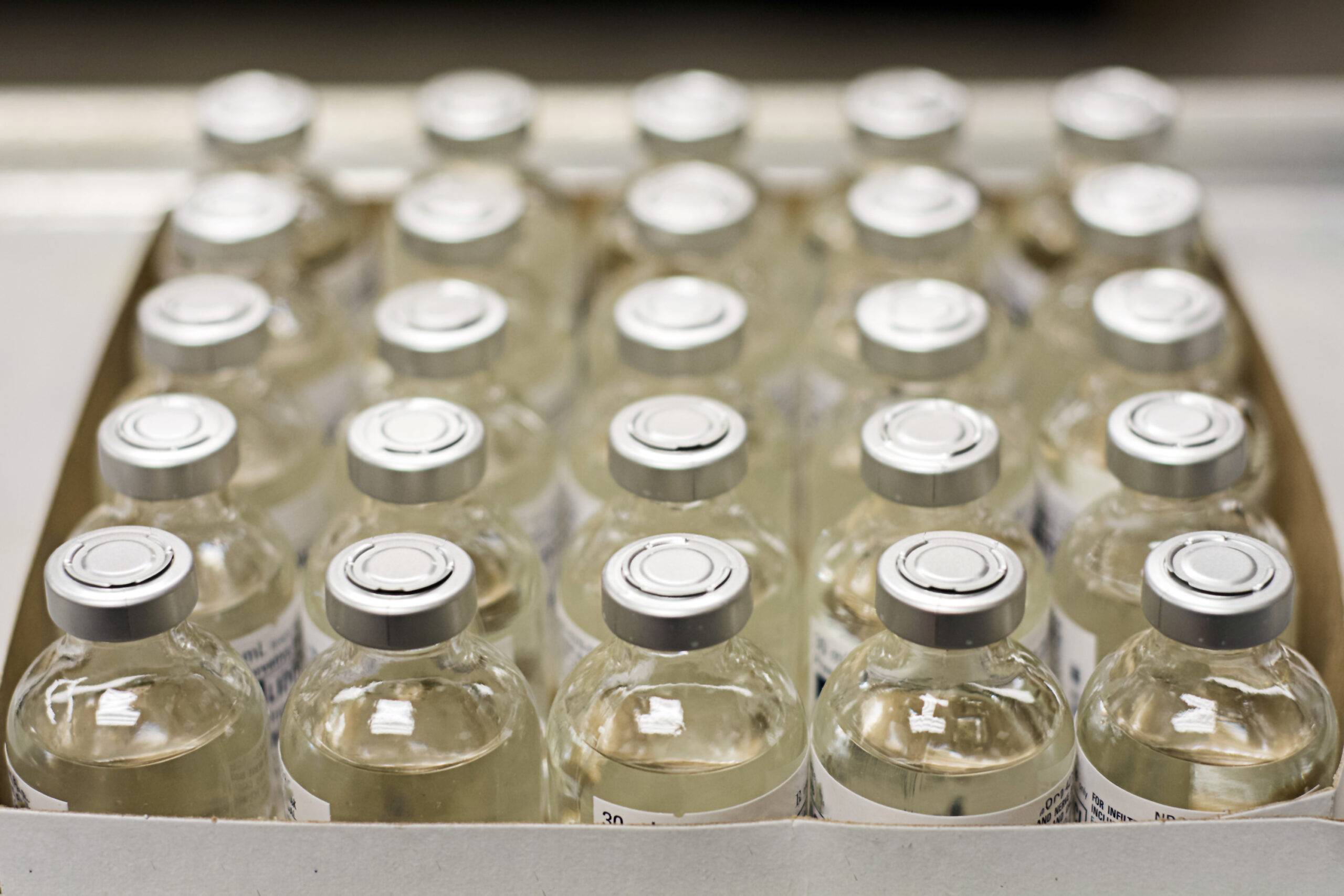The United States Department of Agriculture (USDA) has announced plans to rebuild a stockpile of avian influenza vaccines for poultry that will match the current strain of the virus. This decision comes in response to the devastating outbreak of bird flu that has affected commercial flocks and wild birds across the nation. According to a report by Reuters, the outbreak, which began in early 2022, has resulted in the deaths of over 130 million birds in all 50 states.
The widespread nature of the outbreak has had significant economic implications, with wholesale egg prices reaching record highs due to the deaths of millions of egg-laying hens. In addition to poultry, bird flu has also been detected in dairy cattle herds and has infected nearly 70 people, primarily farm workers exposed to sick animals. Tragically, the US recently reported its first human death related to bird flu, underscoring the seriousness of the situation.
In response to the current outbreak, the USDA is taking proactive measures to replenish its vaccine stockpile. This decision follows a similar initiative after the major bird flu outbreak in 2014 and 2015, although the vaccines acquired at that time were never used. The USDA believes it is necessary to have a stockpile that matches the current outbreak strains in order to effectively combat the spread of the virus.
Egg and turkey farm groups have been advocating for the deployment of vaccines to protect their flocks and minimize economic losses. However, Agriculture Secretary Tom Vilsack has indicated that deploying vaccines may not be feasible in the short term due to trade risks. Many countries have restrictions on imports of vaccinated poultry due to concerns that the vaccine could mask the presence of the virus, posing additional challenges for US poultry exports.
During the 2014-2015 outbreak, vaccines purchased by the USDA were developed by companies like Merck & Co and Ceva, as well as by US government researchers. Unfortunately, all of these vaccines expired and were discarded, highlighting the need for a more sustainable approach to vaccine stockpiling. David Suarez, former acting laboratory director of the USDA’s Southeast Poultry Research Laboratory, expressed reservations about rebuilding a vaccine stockpile without a clear plan for vaccination.
Despite challenges, the USDA has enrolled 28 states in a national bulk milk testing program to detect bird flu in dairy herds. This initiative aims to identify infected herds and prevent the spread of the virus within the dairy industry. So far, testing has not detected new infections in states that were previously virus-free, suggesting that the program is effectively monitoring and controlling the spread of bird flu.
In conclusion, the USDA’s decision to rebuild its vaccine stockpile for avian influenza reflects a proactive approach to addressing the ongoing outbreak. By matching the current virus strain and implementing effective testing programs, the USDA aims to protect poultry and dairy industries from the devastating impacts of bird flu. While challenges remain in vaccine deployment and international trade, the USDA’s efforts demonstrate a commitment to safeguarding the nation’s agricultural sector and public health.




